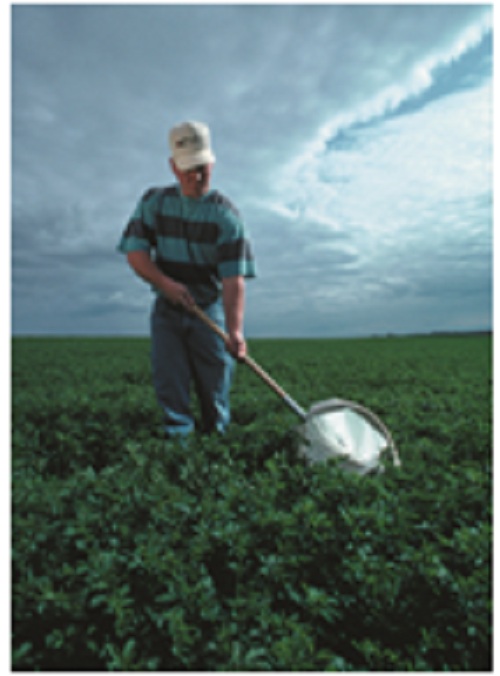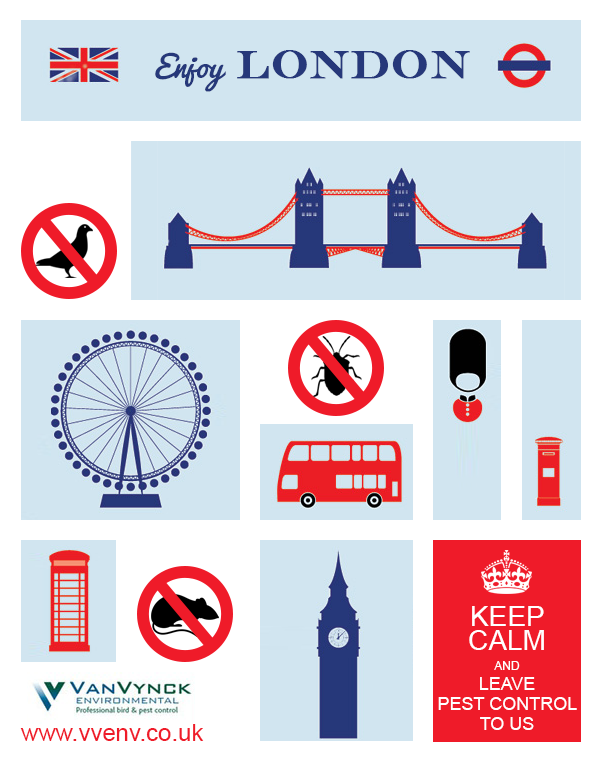
Understanding Integrated Pest Management
When you need to get rid of unwanted pests, but without releasing an excess of toxic chemicals into the environment, the modern approach of Integrated Pest Management, or IPM, may be right for your needs.
This system is a full programme that starts from prevention stage, moves through to regular monitoring and offers controls where appropriate that either drastically reduce or completely remove the need for damaging pesticides. This helps to minimise chemical exposure and toxicity.
The IPM approach uses different techniques and methods that incorporate biological, cultural and structural strategies, in order to successfully and safely manage various pest problems. From nuisance bird management through to mice in commercial premises, there will be a strategy to control and manage the situation and prevent re-occurrence.
A Full Pest Management System
When you hear the term IPM, you will find that it refers to a broad approach that includes varied implementation methods and definitions. Be mindful that some programmes do use chemicals and call themselves IPM correctly. For a non-chemical, true IPM approach, contact Vvenv about nuisance bird management services or other related pest services.
The primary difference between conventional methods and new IPM approaches is the use of toxic chemicals. Conventional methods simply involve spraying pesticides into an affected area without looking at the causes of the issue. This is nothing more than a temporary fix and it isn’t effective in the longer term.
An Integrated Approach
IPM takes a more holistic and long-term approach. It begins with regular monitoring, with site inspections and humane trapping to ascertain pest levels. Detailed records are kept to establish patterns and trends and to record treatments and effectiveness. Prevention measures are the primary approach to managing pests, but tactics such as chemicals will be used when action levels exceed the acceptable level of pest presence, and the least toxic approach is selected. Ongoing evaluation then takes place.
At all times, the focus is on actively managing and checking the problem and using in-depth data to make informed decisions. Where active pest control does need to happen, different techniques are applied with the focus on minimising human and environmental exposure. The approach to IPM is cyclical and far more informed and ‘intelligent’ than conventional programmes of regular chemical sprays. It is also far more beneficial for businesses looking to be as sustainable as possible in their business practices.


Leave a reply